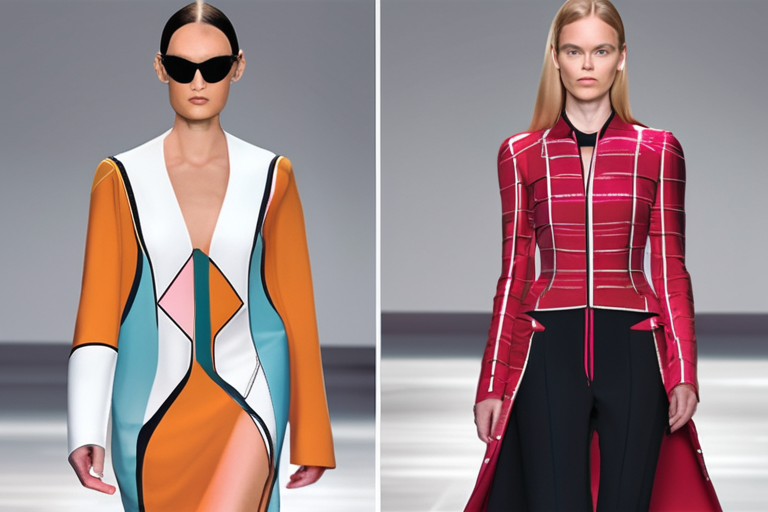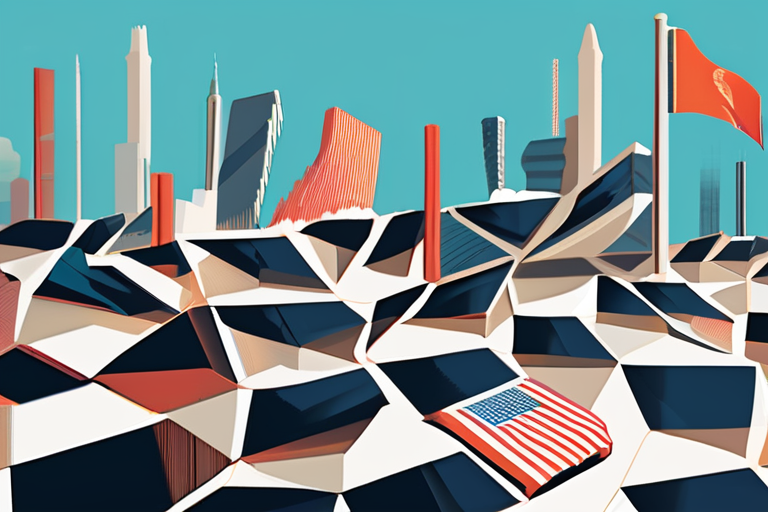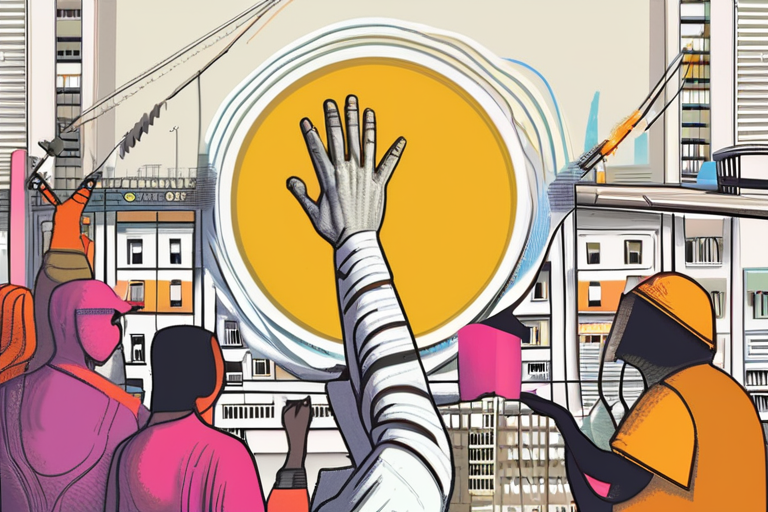"Revolutionizing Runways: AI-Driven Fashion Designs Hit the Catwalk"


Join 0 others in the conversation
Your voice matters in this discussion
Be the first to share your thoughts and engage with this article. Your perspective matters!
Discover articles from our community

 Hoppi
Hoppi

 Hoppi
Hoppi

 Hoppi
Hoppi

 Hoppi
Hoppi

 Hoppi
Hoppi

 Hoppi
Hoppi

Startups and the U.S. Government: A Complicated Relationship The relationship between startups and the U.S. government has become increasingly complex …

Hoppi

BREAKING NEWS: Trump's Retribution Efforts Escalate with Comey Indictment Former FBI Director James Comey has been indicted on charges stemming …

Hoppi

The Artwork That Spawned 9/11 Conspiracy Theories and Mystery On March 19, 2000, Florian Reither, a member of the Austrian …

Hoppi

IDFA Unveils Diverse Lineup for 38th Edition, Featuring Gaza and Laura Poitras Films The International Documentary Film Festival Amsterdam (IDFA) …

Hoppi

Crypto Hoarding Brings a Stock Pop for Small Firms—and in Some Cases Shows Patterns of Possible Insider Trading The recent …

Hoppi

Google Ordered to Pay $425M in Privacy Lawsuit A US federal court has ruled that Google must pay $425 million …

Hoppi